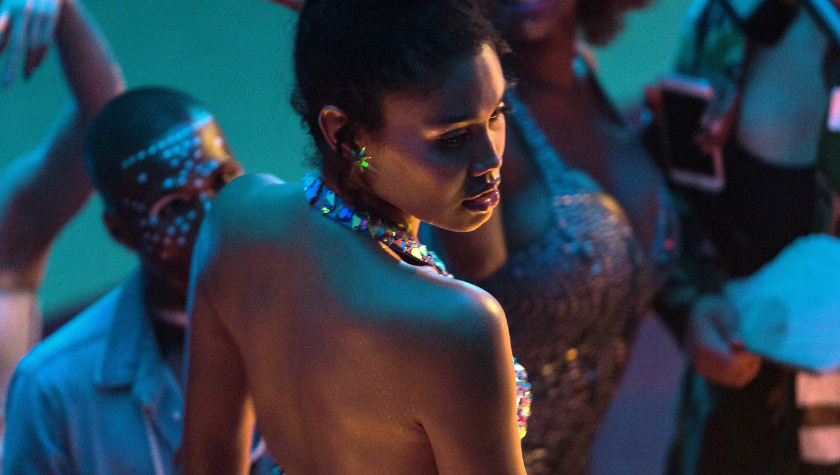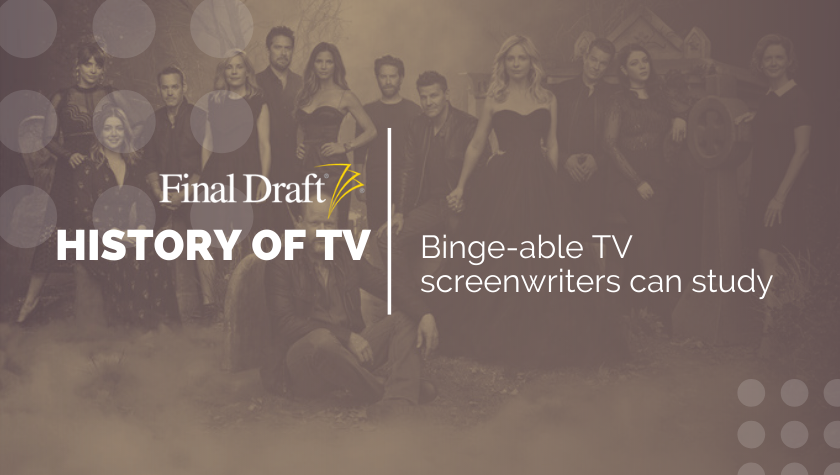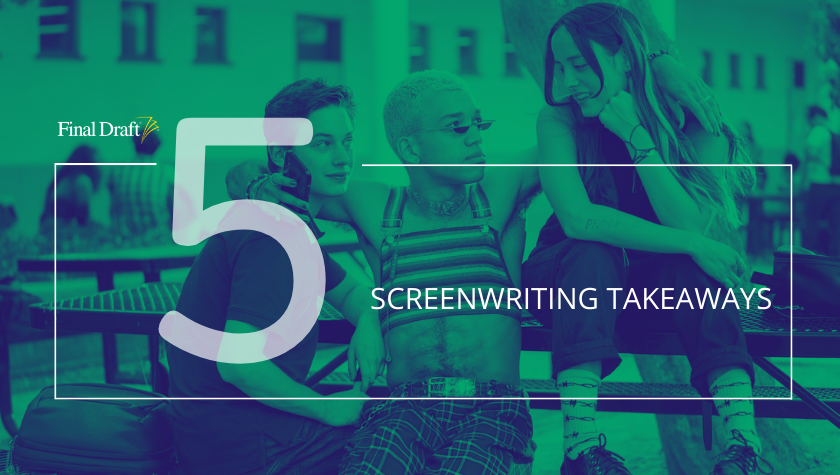The two teenage screenwriters behind ‘Generation Wrecks’ on portraying teens in film
September 13, 2021
It’s 1994 and things are simpler... Well, not really. Especially not for Stacy and Liz. Distanced from each other because of an unspoken event, the two Gen-Xers, along with a group of underdog high schoolers, are brought back together for a weekend getaway at Stacy’s family vacation home in the Poconos.
Generation Wrecks is about these teenagers facing some of the same struggles teens face today — fitting in, finding your purpose, and telling your crush how you feel — all tinged with the overwhelming ache for Liz’s recently deceased brother. Which is why to repair their friendship, Stacy unintentionally brings together the unlikely worlds of their school to help mend each other’s struggles.
The film was written by Bridget McGarry and Victoria Leigh, who also respectively play Stacy and Liz, while they too were in high school. Then, with the help of Leigh’s father, Kevin T. Morales, they shaped Generation Wrecks.
It began with a book on generational theory that Morales had to read in high school. So one day in a pitch meeting with a producer, he brought up the idea of generations, but knew he wouldn’t be able to tell a story about teenagers as authentically as he could for today’s audiences. Together with his daughter, they came up with a basic premise of the film and later pitched it in full.
The script then passed to Leigh and McGarry who were passionate and interested in telling the story.
“Like any other girls we'd have sleepovers, but instead of painting our nails, we were writing a movie script,” McGarry ssys.
While writing the script, the two made sure that they created characters that were more than their stereotypes, something they both encountered as actors auditioning for roles. For McGarry, she’d run into roles for teen girls who were there only as a love interest. For Leigh, she’d run into roles of teen girls who played the victim. In Generation Wrecks, they wanted to take some of the common '90s stereotypes and alter people’s expectations.
“Having each of these kids somewhat based on a '90s stereotype throughout the film, you see that stereotype stripped away from them as they become more and more comfortable with each other,” McGarry says.
Writing the script also created a unique challenge for McGarry and Leigh in that they were writing about a generation before them. They were not as familiar with the culture as any Gen X adult would be. To catch up, the teens sent out surveys to Gen X adults to get a stronger idea of what it was like. They gathered everything from afterschool activities to what kids spent their money on. But overall, Morales says that not being of the generation it made it even better for them, because they were able to divorce themselves from the period and focus on the core story and themes of the film.
Leigh noticed one of the significant differences she discovered while working on the script was teens' attitudes toward politics. The surveys showed that '90s kids were passive to politics and elections in the '90s, a completely different experience from Leigh’s.
“When we started writing this film it was 2017, so the 2016 election had just happened,” she says. “For the first time in my life — I mean I was literally 16 or 17 — I cared about politics and I cared about it a lot because it felt like the world was ending.”
Generation Wrecks, which explores themes of queerness and sexuality, also presented an opportunity for Leigh to share more of her own identity. In fact, she says the film was partly how she came out to her dad. The only difficulty was translating her experience to the '90s when attitudes towards the LGBTQ+ community were vastly different from today.
“For me, as a queer person writing a queer character, that was really kind of hard to do in the '90s because it was a very different reality from what I was living,” she says. “Liz doesn't really have the words to express how she's feeling. Whereas I have words to express how I'm feeling because I've had the internet since I was 12.”
Leigh wanted Liz to reflect her experience as someone who identifies as bisexual. However, the term wasn’t common back then. As a result, Liz struggles throughout the film to fully express who she is, but finds confidence in sharing her feelings even without a term to back the definition.
“To me, this is like the ideal queer representation,” Leigh says. “It's hard when you're writing a period piece to do this, but I think art is a way to show the world the way it could be. And so I didn't want Liz or Ryan or any of the characters to experience homophobia within the friend group.”
The process of writing the script took multiple drafts for Leigh and McGarry, even through senior year and high school theatre productions. It took them a little under a year to write the first draft, then the months that followed included editing and read-throughs. At one point, they even had to cut out characters to focus on the main storylines. Eventually, Morales came in to take the script into pre-production. He described his role in the process as a “dramaturg” who shaped the story and characters.
“I think that was us learning our lesson that we, as actors, want to write these really elaborate long scenes, but not everything needs to be that,” Leigh says.
All three of them worked together to focus on the character development of the eight high schoolers, Stacy’s chaperone brother, and his girlfriend. The story which has the underlying tones of grief from Liz’s deceased brother meant that Leigh and McGarry had to balance characters’ wants and needs with specificity.
“We talked about what a character wants and what a character needs,” Morales says. “And Liz's character needs to reconcile with this loss, but what she wants to do is get even with Stacy — or get revenge or make her feel as bad as Stacy has made her feel.”
McGarry explains that teenagers don’t really know how to grieve, which made their role as writers interesting in portraying the characters’ struggle to express it.
“I think that’s what Stacy is trying to do with Liz, like ‘Hey, let's distract you from the problem,’” she says. “But you can't because you're thinking about it every second of every day. Liz isn't dealing with it in a healthy way and she's just pushing it and pushing it and pushing it away, but it always comes up.”
Throughout the film, each of the other characters face their own teenage struggles far away from home in the Poconos. At the end of the day, they all want to feel included, like any teenager trying to understand who they are and where they belong. Leigh and McGarry, with the help of Morales, were dedicated to making Generation Wrecks an honest portrayal of being a teenager beyond their stereotypes and expectations.
“One of the things that the girls did really well was, underneath everything that the characters are trying to do, they just really want family and a support group and a community that they can rely on and feel a part of,” Morales says.
Written by: Steven Vargas
Steven Vargas is a multimedia journalist based in Los Angeles whose work focuses on arts, entertainment and activism. He is a current grad student at USC Annenberg pursuing an MA in Specialized Journalism (The Arts) and previously graduated from USC with a BA in Theatre and Journalism with a minor in Dance. He is a current member of the Equity Board, a new initiative at Annenberg Media dedicated to diversifying sourcing and promoting inclusive coverage across the publication. His short doc, “Dancing at Home,” earned first place in the LA Press Club’s “Life in the Time of the Coronavirus Contest" in May 2020. More recently, he co-directed "Two Paths: One Direction," an award-winning short documentary produced with students from the USC and Prairie View A&M University about their experiences of 2020. He produced work for ET Live, TheWrap, Dance Magazine, BuzzFeed News, and more. His work can be found here: https://www.vargassteven.com/



